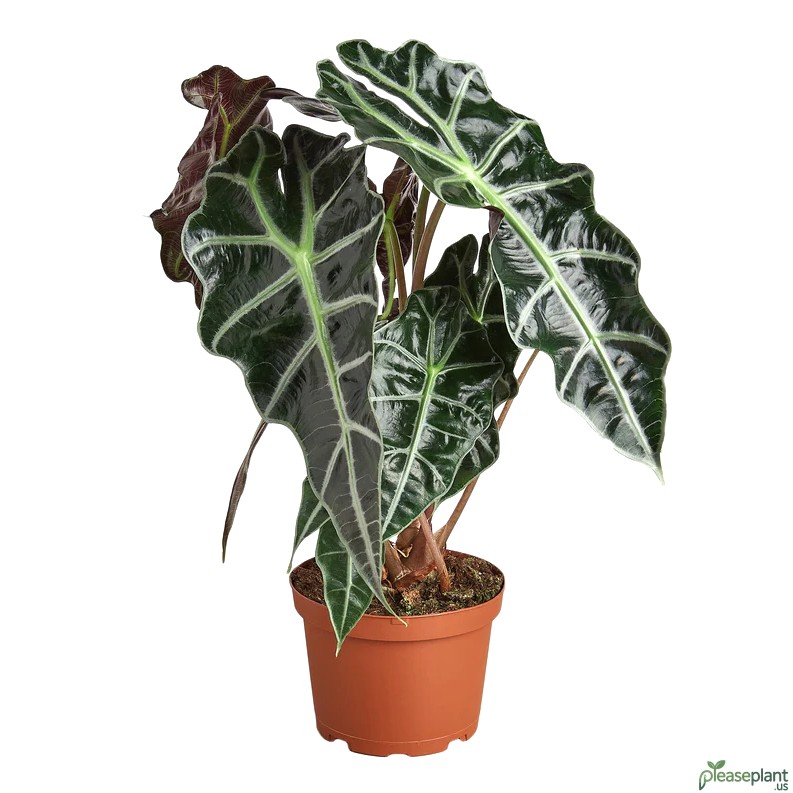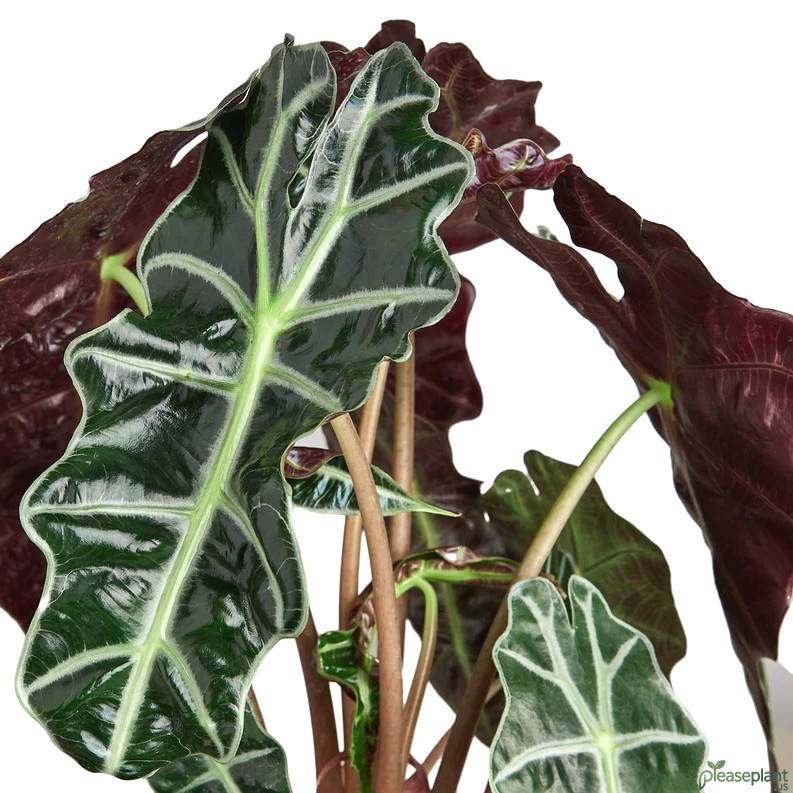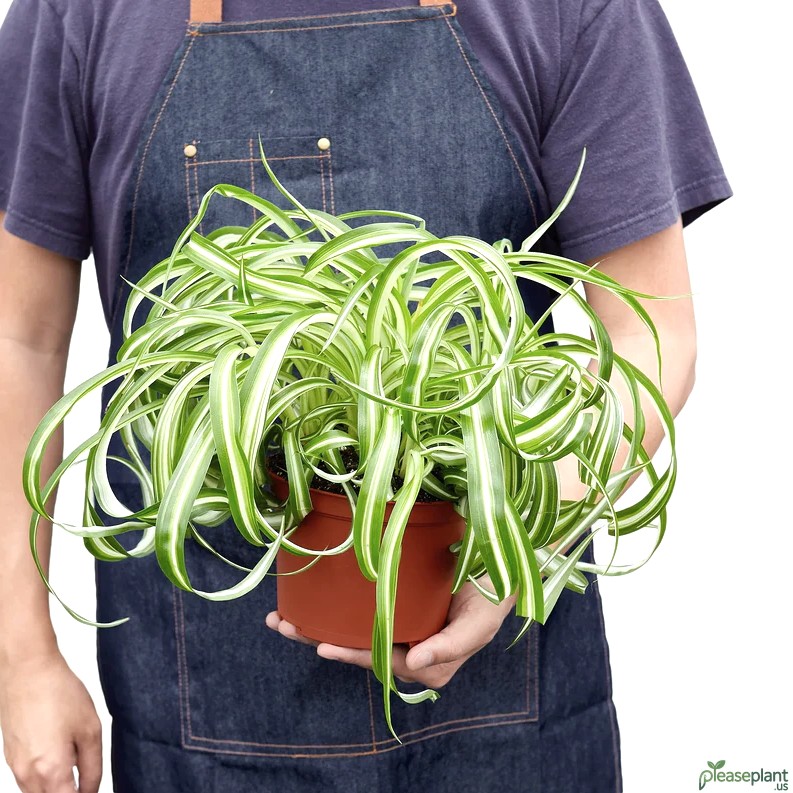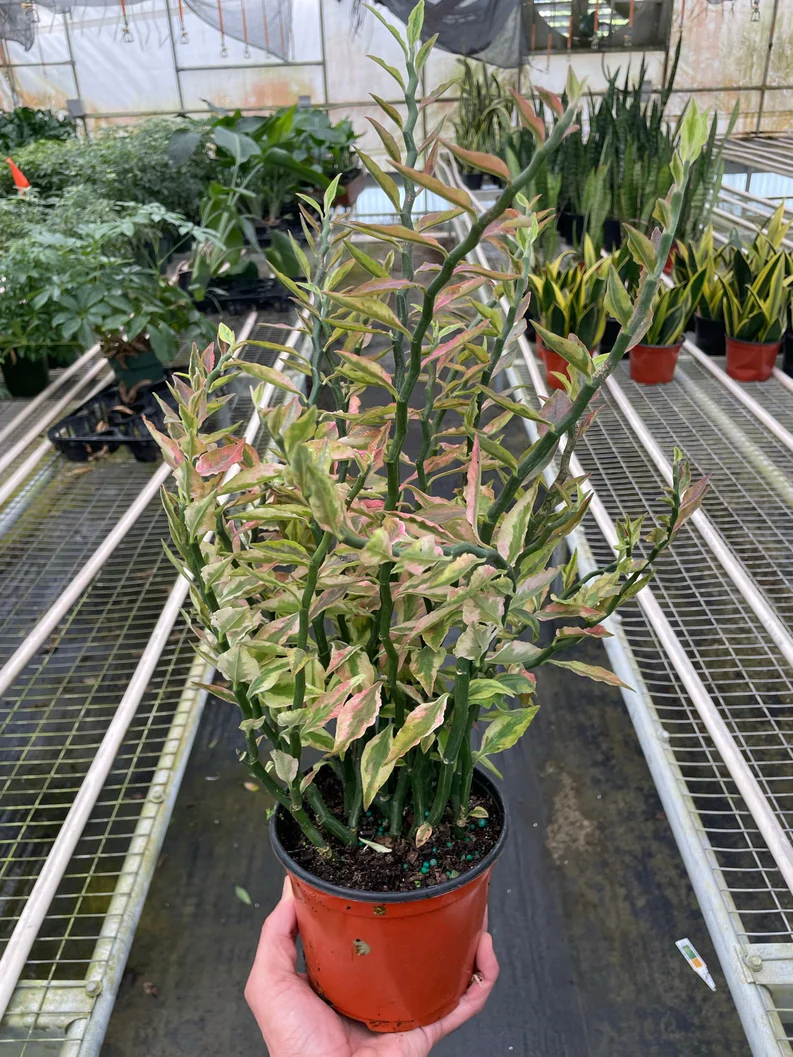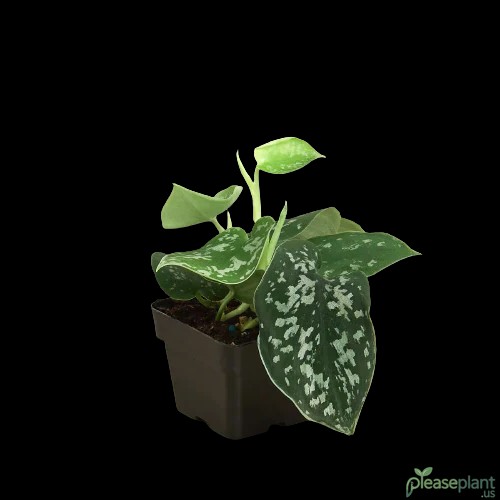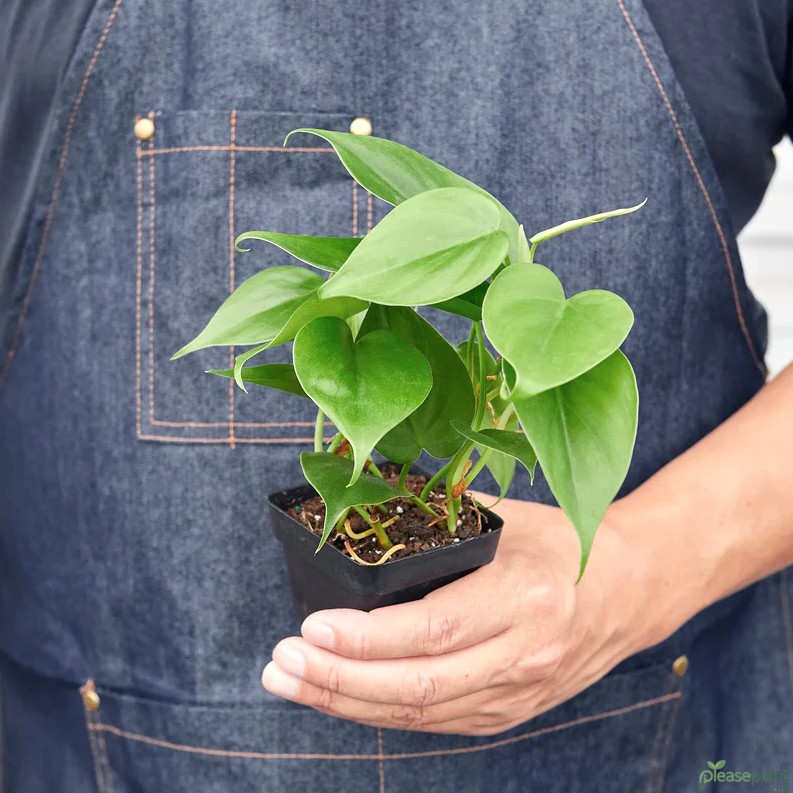If your beloved Alocasia Polly - African Mask Plant is dropping leaves like autumn in a hurry, you're not alone. This tropical beauty can be tricky, and the leaf loss often puzzles even seasoned plant lovers. The real culprit? Usually it's not just one thing, but a combo of environment and care mishaps. From overwatering to low humidity, let's unravel the mystery and get your plant thriving again. Here’s the truth behind those droopy leaves and how to bring back that striking glossy green.
Let me share a leaf story
Here’s the deal: The Alocasia Polly - African Mask Plant is that dramatic friend who looks stunning but throws a tantrum at the slightest discomfort. You buy it, you adore it, and then bam! Leaves start dropping faster than bad news on social media. What’s going on? Well, unlike your average couch plant, this beauty demands a delicate balance of water, light, and humidity. Ignore one, and you’ll see those iconic, arrow-shaped leaves turn yellow, droop, or worse, fall off.
Why is my African Mask Plant killing leaves?
First off, let’s get one thing straight: it’s rarely the plant’s fault. Most leaf drop issues come from a few common mistakes:
- Overwatering: These plants hate soggy feet. If your pot’s soil feels like a swamp, the roots suffocate and rot, leading to leaf loss. I once made the mistake of leaving mine in a saucer full of water for days – the leaves looked like they’d had one too many drinks, limp and lifeless.
- Underwatering: On the flip side, if the soil dries out completely, your plant will fold like a worn-out map. Leaves curl, brown at edges, and eventually give up.
- Humidity drama: Alocasias come from tropical jungles, where the air hugs you like a warm blanket. Dry indoor air, especially in winter, is a leaf killer. I use a pebble tray with water and a humidifier nearby – it’s like a spa day for the plant.
How to fix it and stop the leaf massacre
So, you’ve spotted the problem but what now? Here’s what worked for me:
- Check your watering schedule – stick your finger about an inch into the soil. If it’s dry, water; if it’s wet, chill out. No more drowning the poor thing.
- Boost humidity – group plants together or get a small humidifier. If you’re lazy like me, a regular misting session helps, but don’t go overboard or you’ll invite mold.
- Light matters – Alocasia Polly loves bright, indirect light. Too much sun? Leaves scorch and drop. Too little? Growth stalls and leaves yellow.
That stubborn leaf that won’t come back
Sometimes, no matter what you do, a leaf just can’t be saved. It’s heartbreaking but normal. Snip it off with clean scissors and focus on nurturing new growth. Your plant’s not giving up, just making way for fresh, healthy leaves.
My final leaf advice
Patience is key. These tropical divas don’t bounce back overnight. Keep consistent care, and soon you’ll see those stunning, veined leaves standing proud again. And remember, every leaf lost is just a lesson learned in this wild journey with your African Mask Plant. Keep calm and leaf on!

